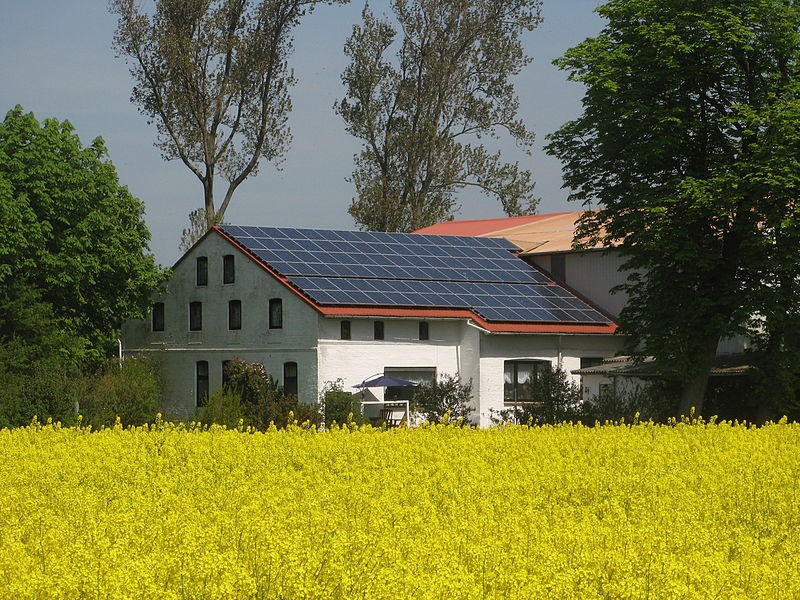Spotlight on solar commercial due diligence
Post on: 16 Март, 2015 No Comment

Spotlight on solar commercial due diligence
By Gail Rajgor on Sep 19, 2011
Whether talking thin film, PV or CPV, recent events in the solar industry have sharpened the focus on commercial due diligence requirements – both for project and manufacturing investments and when it comes to potential merger and acquisition targets.
Policy shifts and tariff cuts across Europe have bitten hard while the great hope of growth in the US solar market, driven by federal government stimulus funding, is now shrouded in a controversial cloud of uncertainty following the widely-publicised collapse of Solyndra this month.
While the FBI investigates the firm, questions are being asked about the federal governments own due diligence process. After all, the Energy Department provided Solyndra with a $535m loan guarantee in 2009, and yet still the manufacturer filed for bankruptcy on September 6th, citing liabilities totaling $783.8m.
The FBI raid underscores that Solyndra was a bad bet from the beginning, said Fred Upton, a Michigan Republican who heads the House Energy and Commerce Committee, in a statement recently. Indeed, an audit on the company by PricewaterhouseCoopers (PWC) early last year, agreed noting the firms financial status raised substantial doubt about its ability to continue as a going concern.
No more federal guarantees?
The fallout from Solyndra could be significant: concern is mounting that the federal loan-guarantee program for renewables, which has provided a major stimulus to the solar PV sector in particular, is likely to be shelved rather than once again extended when it comes to an end later this year as a political row ensues.
Whilst the industry rightly says Solyndras collapse should not be used to measure the viability of all solar PV technologies or companies, the incident certainly illustrates the importance of conducting and heeding the subsequent results of commercial due diligence before investments are made.
Obviously there is a lot of turbulence at the moment, says Ben Caldecott, Head of European Policy at investment firm Climate Change Capital, which has acted as an adviser to clients looking to enter the space.
Smart investors need to be able to navigate the difficulties thrown up by policy, subsidy regimes, affordability issues, and by the fact that feed-in tariffs have been too generous relative to cost reductions. He insists though that solar is a really important, attractive market. Its going to keep being important, and its going to grow.
Is there room for innovation in a recession?
Josefin Berg, solar market analyst at IHS Emerging Energy Research (due to publish a new solar market report shortly) agrees. Commenting on the potential impact of the Solyndra affair, she notes it is a young company with a new technology.
It produced cylindrical solar systems based on CIGS technology for commercial rooftops. More than anything, its collapse sends a signal about the viability of new technology and the competitiveness of it, she says.
The question really is what will be the future of PV? The crystalline silicon companies have such a huge grip on the market is there room for innovation in this current climate?

Its certainly a critical point any potential M&A investor needs to consider carefully if their proposed target is involved in next generation technology developments.
The key thing is how sustainable is the business in this space? agrees Caldecott while noting, the Solyndra collapse notwithstanding, anyone looking to deploy money into production, be it new facilities or companies that manufacture solar panels, also has to be aware that there could be transformative technologies around the corner.
They need to make sure theyre investing in companies that can deliver the lowest cost panels and have technologies that can deliver that.
Policy uncertainty
In the interim, the UK and European sector and its investors also have to be aware that feed-in tariffs across the board are likely to go down significantly, so how do you value solar portfolios that havent been built yet? Caldecott proposes.
A lot of current business plans are heavily reliant on delivery and significant roll out between now and the end of March [for the UK], Caldecott adds. The key challenge if looking at these companies, these portfolios, and the sector more generally, is assessing whether a company is going to be able to do that and is it going to be able to survive reductions after the end of March? He cautions: Im concerned about some business models that are heavily reliant on deploying certain amounts of solar by a certain date.
Hes not alone. The policy uncertainty in todays market has driven an increasingly high interest in operating assets that have secure feed-in tariffs, says Berg, while direct investments in companies has dipped, as you might expect. Thats particularly so when it comes to private equity investors.
Quality deal flow defined
The key due diligence questions, both she and Caldecott agree, include: where is the project and what are the local policy conditions? What is the anticipated commissioning date and what feed-in tariff will it be eligible for? The experience and financial performance of the project developer and any potential suppliers/contractors also come under scrutiny. Its about the quality of the process and of the asset, Berg says.














